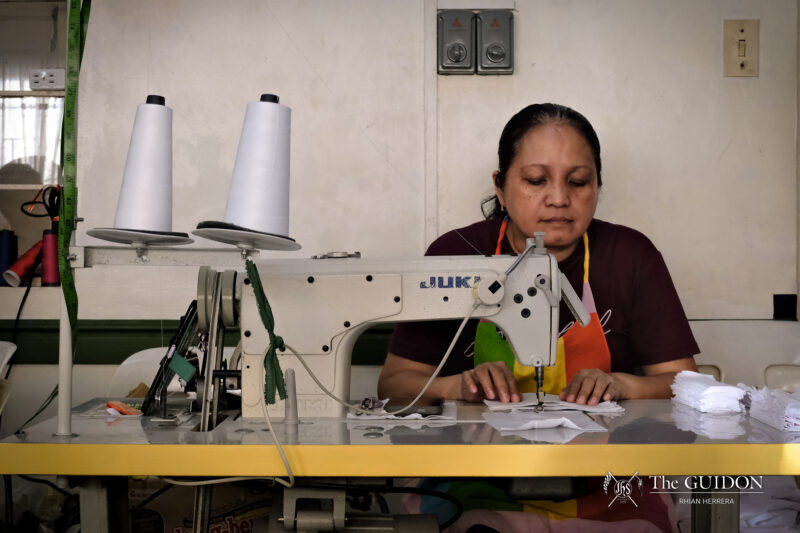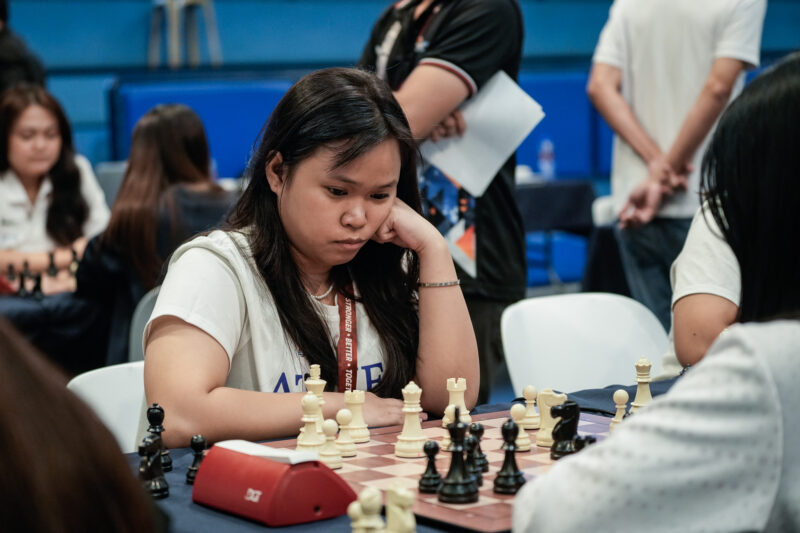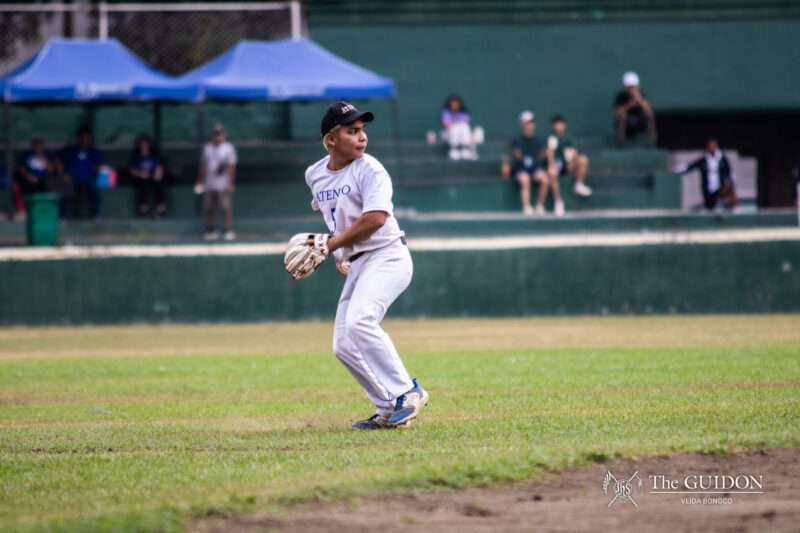THROUGHOUT HISTORY, people have gone through the motions of trial-and-error in discovery, and perhaps the most mystical of the unknown is the supernatural. When one talks of soul and spirit—of anything beyond the physical—these unknown phenomena may induce fear in others. But what if the notions of the supernatural that we have come to know are not entirely as terrifying as they have been thought to be?
Of the supernatural unknown, a concept rarely talked about is the phenomenon of astral projection. The phenomenon could be described as an out of body experience wherein the soul detaches from the physical body to travel to an astral plane. The reception of this concept has varied, ranging from total indifference and fear to refusal or acceptance. However, astral projection, more than its mystical identity, can be explored through the lens of the empirical and the religious—especially when a renowned Jesuit priest was said to have practiced the act within the field of psychology.
Unpacking the process
Robert Rubin, a professional tarot card reader of Mysterium PH, explains astral projection to be “like seeing things with your imagination, but with a very strong sense of consistency.” He differentiates it from dreams by saying that dreams are abstract with no consistency within them. However, if one were to astrally project within a room, what they view would be consistent with what is seen in reality.
Rubin claims that there are two forms of astral projection that they explore and discuss in Mysterium PH. “The first is what we call astral projection itself, whereas the consciousness leaves the body and enters the immediate reality.” By immediate reality, he speaks of physical locations like Quezon City, Makati, or Katipunan.
“The next level is a higher level which is called astral travel, and that’s where your consciousness goes to so many different realms and so many different places that cannot be documented by one simple person,” he continues.
Rubin claims that he has also experienced traversing to another realm through astral traveling; he explains that through this, one may experience or see places they have never been to before. As an example, he recounts the times he astral traveled to a realm that appeared as an astral representation of his hometown in San Francisco.
“Sometimes when I project into that realm, I don’t project into that part of the realm. I project…in the outskirts, in the woods, so I know I’m there,” he recounts further.
Rubin affirms that there are side-effects of astral projection such as a disoriented feeling in the body, as well as feeling very tired post-astral travel. However, he claims that there has yet to be any case wherein the person’s body completely disconnects from their consciousness and is unable to return.
The unfamiliar in the familiar
Though some might shy away from practicing astral projection out of fear or skepticism, there are those who fearlessly explore the astral realm for a unique human experience. In fact, Jesuit priest and the founder of the Ateneo Psychology Department Jaime Bulatao, SJ, was said to have practiced astral projection during his time as a psychologist and a lecturer. Bulatao, more fondly known as “Father Bu,” explored hypnosis and human consciousness.
Another Jesuit priest and Father Bu’s former student Kit Bautista, SJ recounts how Father Bu was “open to various kinds of experiences, as a psychologist and person.” “He [used astral projection] in the classroom in experiments for human consciousness,” Bautista recalls.
Father Bu had always been one to challenge the norms and conventions in his field. In fact, he was also one of the first to introduce hypnosis as an academic subject in Ateneo psychology, which was then frowned upon by the other experts in the field. However, exploring the “paranormal” in connection to psychology was not something unusual for him; among Father Bu’s other eccentricities were his “therapy sessions” that involved rather fantastical elements such as duwendes (dwarves) and crystal balls.
His process for guiding patients through astral projection was as follows: Father Bu would first lead them into “a trance”—a prayer-like state, as Bautista puts it—and then he would ask them to “visit” their classmates’ houses. At one point, Bautista recalls seeing a part of his classmate’s house, to which his classmate was surprised at his vivid and detailed description.
The story, at first, may sound fictitious. However, when asked about his experiences with astral projection, Bautista simply responds that it is a common occurrence.
“It’s very common. In fact, as I said… we have dreams, night dreams. Sometimes in these dreams, we see ourselves in another place and sometimes that place is real, we know that place… That’s astral travel,” he explains.
The differences in the dichotomy
As the conversation on how astral projection is viewed unfolds, it can be observed that there is a lack of nuanced knowledge surrounding this phenomenon. Discussions about it are mostly hinged upon the initial religious fear and scientific dogmas that seems to repel people from exploring it.
Bautista reiterates that the phenomenon is neither unusual nor uncommon in the field of psychology. Even though there are some general reservations regarding astral projection, psychology still recognizes the phenomenon as a trance-like state of one departing the physical body.
However, when it comes to religion, there continues to be a moral debate regarding the practice of astral projection. AstralHQ, a team dedicated to providing resources for learning about astral projection, mentions that those with more traditional religious views may consider astral projection as something “heretic or sinful.” In contrast, Bautista clarifies that astral projection is “an amoral thing.” “It’s nothing good or bad; it happens,” he says, asserting that it is something that the body experiences naturally.
According to Bautista, the Bible has no instances of denouncing the phenomenon; in fact, astral travel is said to have been a way for “saints and mystics” to receive their visions. He mentions that St. Francis Xavier and St. John Bosco were first-hand practitioners of bilocation, which is a relative phenomenon to astral projection in which an object or a person is located in two different places simultaneously.
Bautista ties it closer to home by likening Ignatian Contemplation to the context of astral projection. “After [Ignatian Contemplation], you feel closer to the Lord, so it’s something good. You can use it for the good,” he says. According to Bautista, one could use astral projection and Ignatian Contemplation in the same manner to gain familiarity of the spiritual world and of our core as human beings; these, in his opinion, can then lead us towards action for the greater good.
Bautista also recognizes that science would disagree with these other realms being “real,” but counters this by saying that science doesn’t have the answer for everything. “I mean, if we went back in time, like a hundred years, science will tell you it’s impossible for me to call someone from here to the other end of the planet, real-time,” he says.
Rubin claims that it would be “nonsense” to consider astral projection something demonic or something that should be feared. He also explains that, for astral projection to be understood and acknowledged for what it really is, some filters in science must be loosened.
“As science loosens its filter a bit, we’ll be more open to exploring these phenomena not from a level of scrutiny, but from a level of curiosity,” he says.
As astral projection transcends the fields of science and religion, its true nature and purpose remain to be something worth exploring. Much like Father Bu’s fearless pursuit of exploring curiosities without fear, one could learn about and delve into phenomena such as astral projection “for the greater good of being more familiar with the spiritual world,” as Bautista put it.







